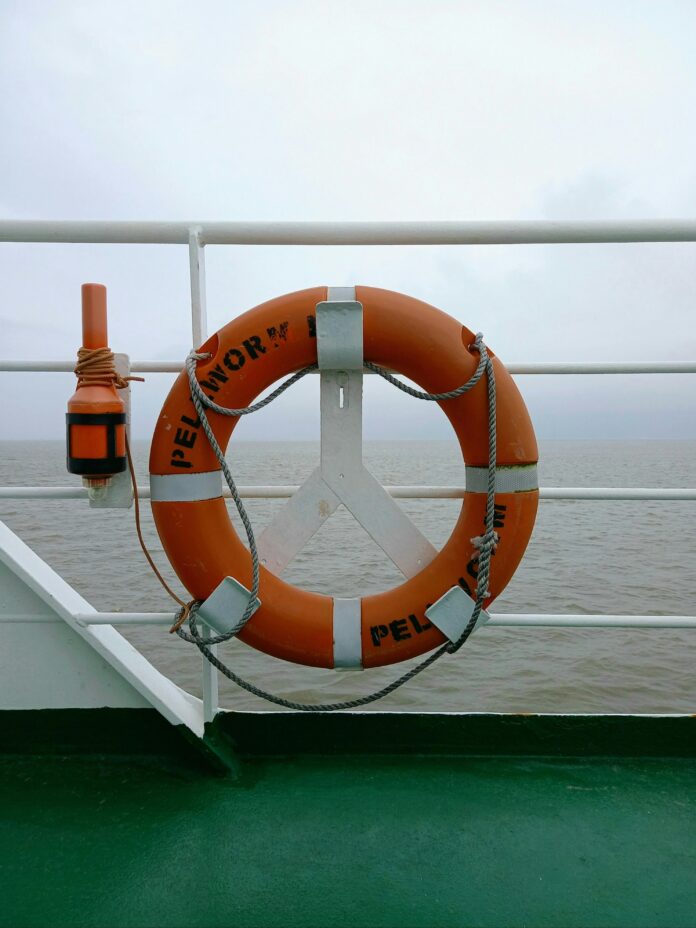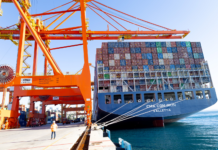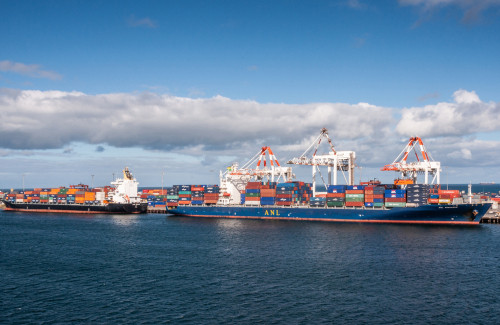
Lloyd’s Register (LR) has introduced new classification standards to support the use of wind propulsion and improve crew safety at sea. The updates, announced this week, will take effect from 1 January 2026.
The new rules add technical notations for wind-assisted propulsion systems (WAPS and WAPS*) and ergonomic design (EASE). LR has also updated its existing RIGGING notation, which applies to vessels using wind as their main source of propulsion.
The WAPS notations cover technologies such as wingsails, Flettner rotors, suction wings, and kites. They apply to both retrofits and hybrid installations, even for ships not originally classed by LR. The aim is to provide a clear framework for safety, integrity, and investment in wind-assisted technologies.
The new EASE notation focuses on human-centric design. It sets standards for safer, more ergonomic layouts in critical spaces like bridges and machinery rooms, giving shipowners a way to demonstrate commitment to crew welfare.
For vessels designed around wind as their primary power source, the revised RIGGING notation applies to systems such as aft rigs, DynaRig, AeroRig, and traditional square rigs. It ensures that these vessels meet strict safety and performance requirements.
“These updates are a direct response to the industry’s need for clarity and confidence when investing in emerging technologies,” said Dr Yikun Wang, Senior Structures Specialist at LR. “By codifying standards for wind propulsion and ergonomics, we’re helping shipowners future-proof their fleets while supporting decarbonisation and safety goals.”
LR also issued a “Statement of Future Requirements” alongside the update, offering shipowners and designers visibility on likely changes from the IMO and IACS. The move is designed to give the industry more certainty as it plans for compliance with future regulations.





